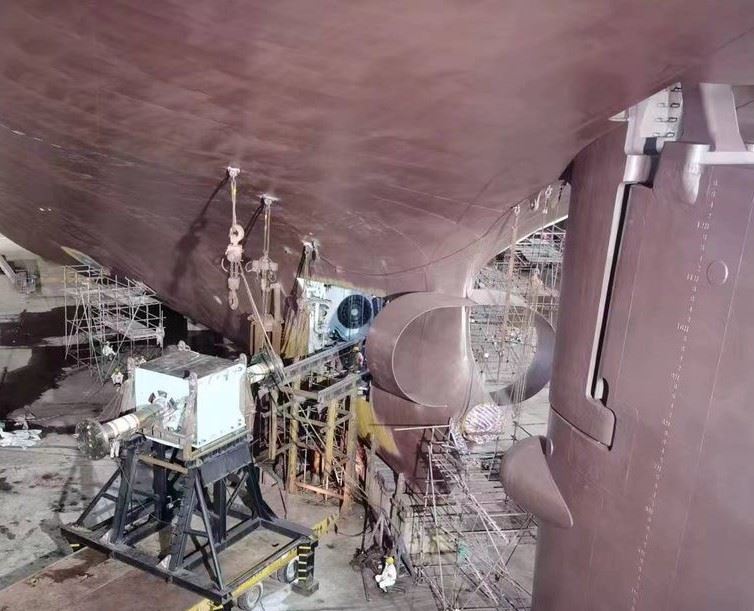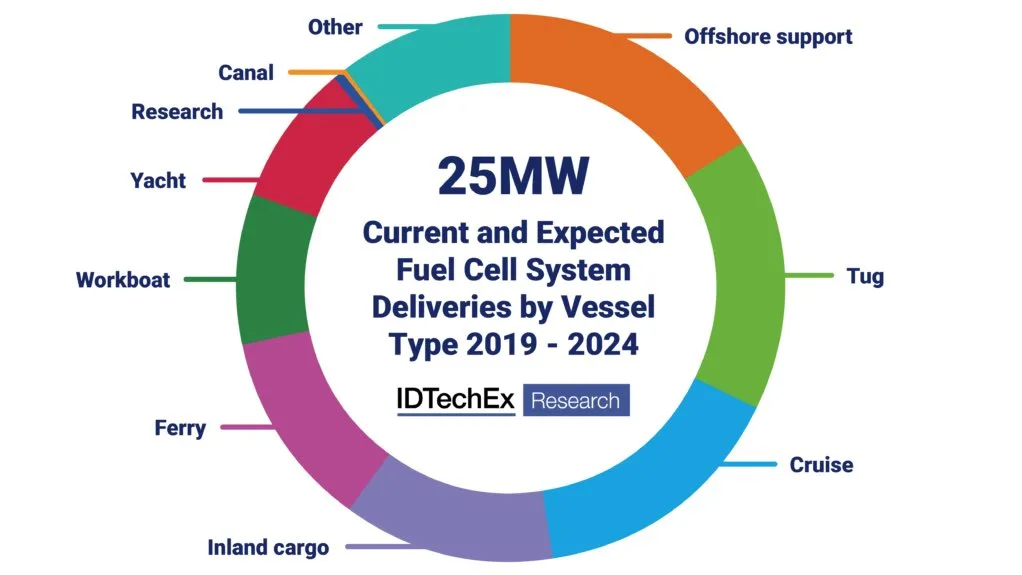28 November 2024
First inline shaft generator retrofit for the maritime industry

Wärtsilä has successfully completed an inline shaft generator retrofit on the ‘Berge Toubkal’, a cape-size bulk carrier owned by Singapore-based Berge Bulk.
Table of Contents
Concept
The technology group Wärtsilä has successfully retrofitted an inline shaft generator system on the ‘Berge Toubkal’, a cape-size bulk carrier owned by Singapore-based Berge Bulk. This is the marine industry’s first-ever shaft generator retrofit, and its successful completion will improve the vessel’s Energy Efficiency Existing Ship Index (EEXI) while reducing its overall carbon footprint.

MEPC 79 – New amendments & IMO GHG Strategy
What are the new amendments and GHG strategy that resulted from the IMO MEPC 79? This is everything you need to know.
Ship Nerd
Shaft Generator
Energy efficiency is the name of the shipping game these days. In addition to lowering operational costs, increased efficiency often translates to fewer emissions and can mean better compliance with environmental legislation. Over the last few decades, shaft generator systems have become a more common option to help ship owners and operators achieve profitability in a sea of fierce competition and keep those waters cleaner for future generations.
Shaft generator systems onboard ships are driven by the main engine to supply power to the mains, thus saving fuel and emissions. They are sized to eliminate the need to operate auxiliary engines while at sea. While such systems, also referred to as Power Take-Off (PTO) systems, are today’s standard installations on newbuild vessels, large inline versions with the generator sitting directly on the propeller shaft and turning at 50 to 100 rpm have never before been retrofitted.
Views
“Berge Bulk made an industry commitment to go carbon neutral well before the IMO’s plan, and we are installing now the latest fuel-saving technologies, like shaft generators, air lubrication, or wind propulsion on our vessels,”
Paolo Tonon, Berge Bulk’s Technical Director

How energy-saving technologies can help CII rating
Hard data and real-world examples from vessel operators on how can energy-saving technologies help you comply with CII.
Ship Nerd
“Berge Bulk is one of the front runners in shipping’s transition to decarbonised operations, and we are proud to support them in this. Wärtsilä is actively working on the development of new technologies that can be integrated into existing vessel systems to make their operations cleaner and more economical,”
Torsten Büssow, Director for Ship Electrification at Wärtsilä.
Further Improvement
The retrofitted shaft generator will also provide power to an air lubrication system installed at the same time. Air lubrication technology reduces the frictional resistance of the vessel by creating a carpet of microbubbles that coats the majority of the flat bottom of a vessel’s hull. The microbubbles, measuring 1–3mm in diameter, are generated by air release units (ARUs) in the bottom of the hull.
The system includes a Wärtsilä control system, as well as a converter to allow the generator to operate over a broad span of rpm. The existing intermediate shaft and bearings were replaced to accommodate the increased weight.
Overall, the company has successfully delivered more than 650 shaft generator systems and has over 50 years of experience in this field.
The ‘Berge Toubkal’ retrofit was completed in Q4 2022, following ten months of preparation time.
Shaft generator systems are a valuable technical solution for ship owners who are looking for economical and cleaner electrical power generation during their sea voyage.
Source: Wärtsilä
See Also

Rapid adoption of green fuel cells in marine markets
IDTechEx released a report outlining the adoption of green fuel cells in marine markets, running on alternatives such as green hydrogen and ammonia, as some of the most promising solutions.


